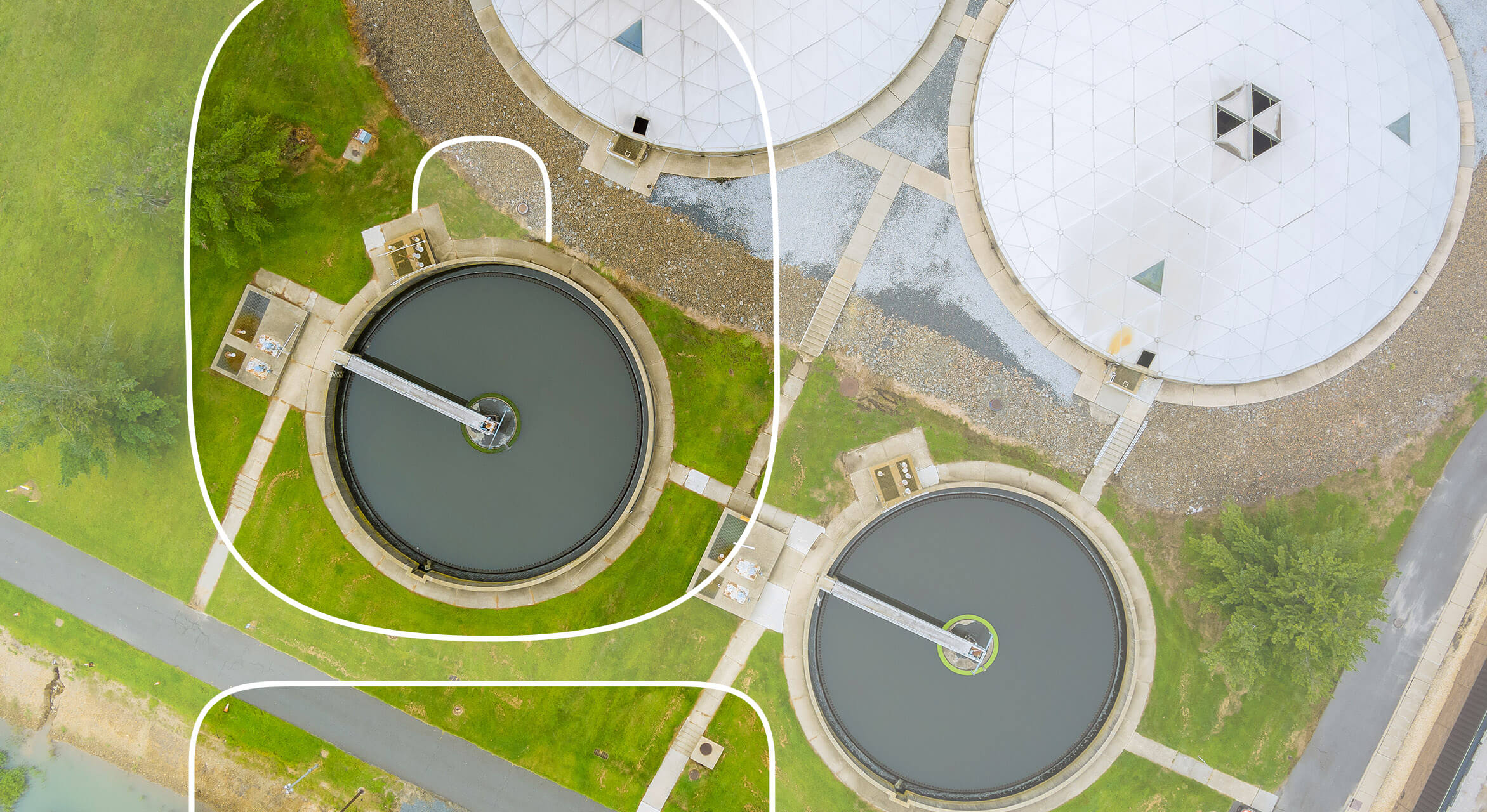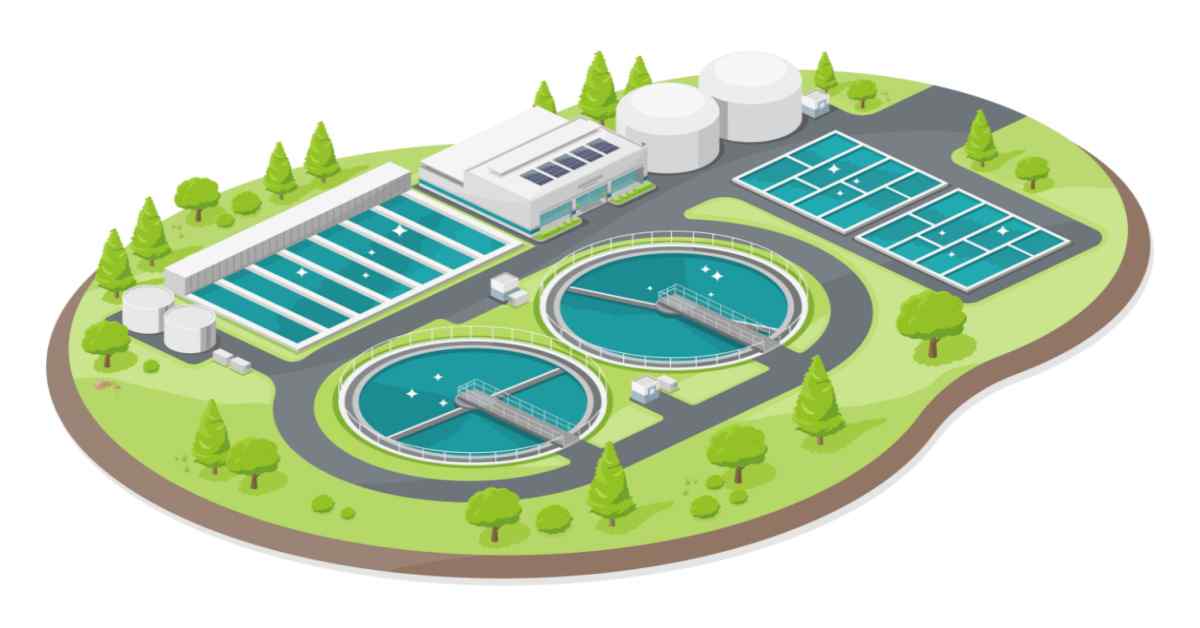Reasonable Options for Home and Business Wastewater Needs
Reasonable Options for Home and Business Wastewater Needs
Blog Article
Recognizing Wastewater Therapy Processes and Their Environmental Impact
The intricacies of wastewater treatment processes play a critical function in mitigating ecological obstacles associated with water air pollution. Each phase, from initial to sophisticated therapies, is designed to deal with details impurities, eventually safeguarding both public health and aquatic communities.
Introduction of Wastewater Treatment
Exactly how is wastewater transformed right into a secure source for the atmosphere? Wastewater treatment is a vital process developed to eliminate impurities from used water, consequently protecting public health and wellness and safeguarding ecological communities. This procedure starts with the collection of wastewater from household, commercial, and commercial resources, which is then directed to therapy facilities.
At these facilities, different physical, chemical, and biological methods are used to treat the wastewater. Ultimately, organic treatments, such as triggered sludge processes, make use of microorganisms to damage down organic matter.
The dealt with effluent can be safely released into all-natural water bodies or recycled for watering and industrial functions, promoting source preservation. Furthermore, the therapy procedure generates biosolids, which can be repurposed as plant foods or soil amendments, additionally improving sustainability.
Stages of Treatment Processes
The wastewater therapy procedure normally is composed of three primary stages: preliminary, main, and second therapy. Each stage serves an unique duty in reducing the pollutant tons and making certain the effluent meets environmental requirements prior to discharge.

The key therapy phase concentrates on the physical splitting up of put on hold solids from the wastewater. With sedimentation, much heavier bits clear up at the end of sedimentation storage tanks, developing sludge, while lighter materials, such as oils and oils, float to the surface area and are skimmed. This procedure significantly reduces the organic and not natural load in the wastewater.
Additional therapy is an organic process focused on additional reducing the concentration of organic matter. Various methods, consisting of triggered sludge systems and flowing filters, utilize microbes to metabolize natural contaminants. This phase is essential for accomplishing the needed biochemical oxygen demand (BODY) reduction, eventually resulting in cleaner effluent prepared for discharge or further therapy. Each phase is important in protecting environmental and public health.

Advanced Therapy Technologies
Adhering to the secondary therapy processes, advanced therapy innovations play an important role in additional enhancing the high quality of dealt with wastewater. These technologies are created to remove residual impurities that are not efficiently gotten rid of throughout primary and additional therapies, making sure the effluent fulfills strict governing standards.
Amongst the extensively utilized sophisticated therapy approaches are membrane filtering, reverse osmosis, and progressed oxidation procedures. Membrane filtration, including microfiltration and ultrafiltration, is reliable in separating fine fragments, pathogens, and colloids from navigate to this website the water (Wastewater). Reverse osmosis uses semi-permeable membrane layers to remove liquified solids, causing top notch water suitable for different applications
Advanced oxidation procedures (AOPs) use strong oxidants to weaken organic pollutants, consisting of pharmaceuticals and personal treatment items that are resistant to standard treatment. These methods improve the biodegradability of complex compounds, promoting their removal.
One more substantial innovation is making use of organic nutrient elimination procedures, which specifically target nitrogen and phosphorus, stopping eutrophication in receiving water bodies. Generally, sophisticated treatment innovations are crucial for attaining greater degrees of filtration, promoting water reuse, and protecting public health while dealing with the challenges connected with wastewater management.
Ecological Advantages of Treatment
Various environmental benefits emerge from reliable wastewater therapy procedures that add to ecosystem health and wellness and sustainability. Mostly, these procedures substantially minimize the release of dangerous contaminants into natural water bodies, which assists maintain aquatic communities. By eliminating contaminants such as heavy metals, nutrients, and pathogens, treated wastewater mitigates the risk of waterborne diseases and promotes biodiversity in aquatic atmospheres.
In addition, wastewater treatment facilities commonly utilize sophisticated innovations that allow water recycling and reuse. This practice not just preserves fresh water resources however likewise reduces the demand on natural water supplies. Improved nutrient elimination from wastewater can additionally protect against eutrophication, a procedure that results in algal blooms and subsequent oxygen depletion in aquatic systems.
Additionally, reliable treatment procedures can decrease greenhouse gas exhausts, especially methane and nitrous oxide, which are often launched throughout neglected wastewater decomposition. By recording and using biogas from anaerobic digesters, facilities can transform waste into renewable resource, thus adding to a decrease in fossil fuel dependence.
Challenges and Future Trends
While the environmental advantages of wastewater treatment are clear, a number of obstacles linger that impede optimum outcomes in this field. One major problem is maturing infrastructure, which commonly leads to ineffectiveness and boosted functional costs - Wastewater. Numerous treatment plants were made decades ago, and their abilities do not straighten with modern demands, that include more stringent official statement regulatory requirements and greater volumes of wastewater as a result of urbanization

Looking in advance, there is a growing emphasis on source recovery and round economic situation principles within wastewater treatment. Technologies such as anaerobic food digestion, which can produce biogas, and advanced filtering innovations are obtaining grip. These approaches not just improve therapy efficiency however additionally promote sustainability.
Inevitably, resolving these difficulties calls for collaboration amongst stakeholders, financial investment in modern technology, and a commitment to recurring research study. By welcoming these fads, the wastewater therapy sector can evolve why not try these out to meet the needs of an altering environment and culture.
Conclusion
In conclusion, wastewater treatment procedures play an important role in boosting environmental high quality and public health. The multi-stage treatment structure, combined with advanced innovations, properly alleviates contamination and promotes lasting water administration.
Report this page